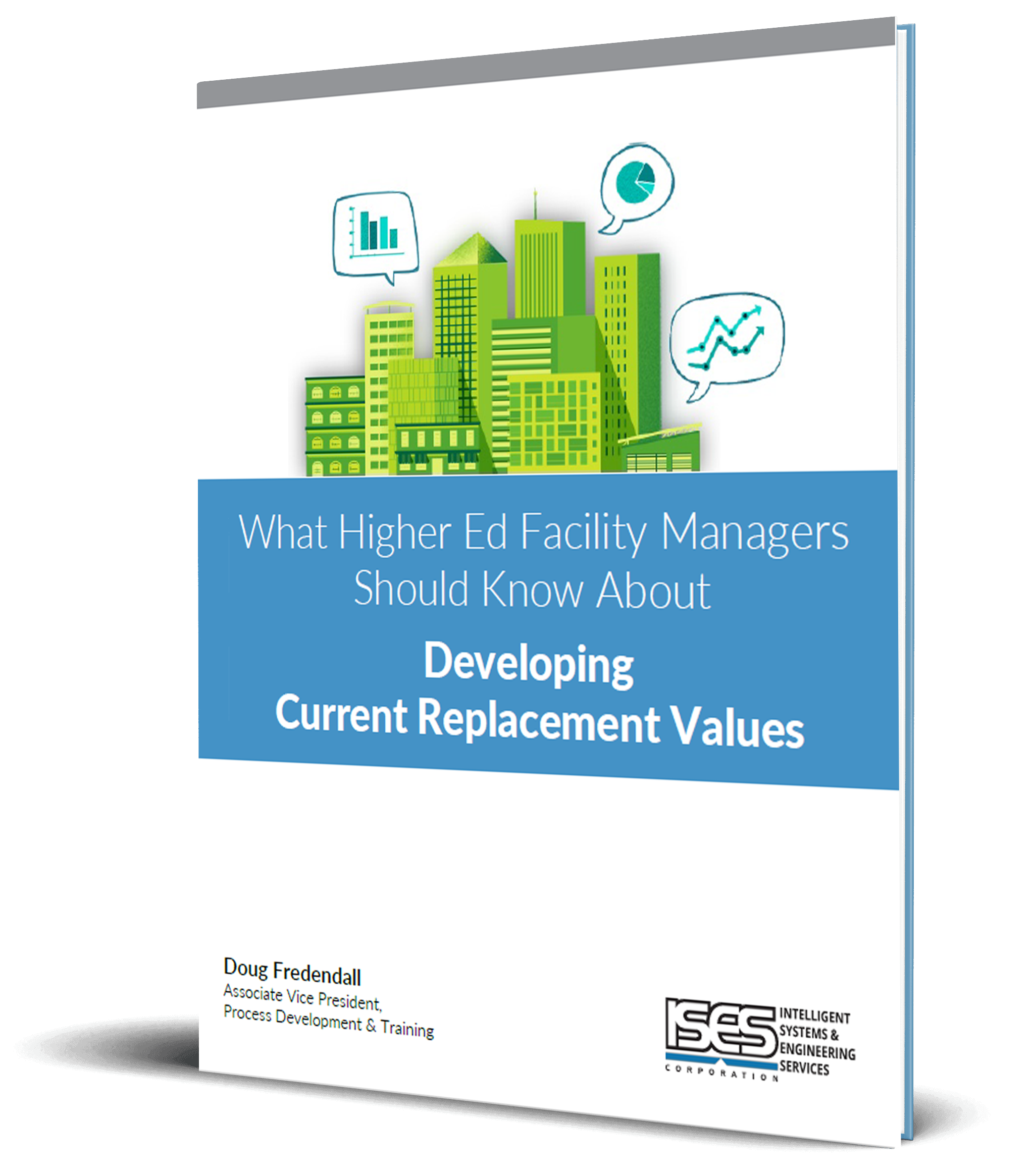An accurate inventory of all maintainable equipment in a portfolio of facilities is often lacking at college campuses and office parks. Developing one and applying the maintenance requirements for each device generates a compilation of information that can become a facility manger’s best friend. It should be used to develop or enhance estimates of future capital spending needs, preventive and predictive maintenance needs and labor expenses.
A lack of proper planning, however, can cause unintended consequences. An equipment inventory is more than a mere inventory of equipment, it’s the development of a maintenance program. Follow these tips to boost your equipment inventory program outcomes.
-
Configure Your Goals
What are you really trying to achieve?
- Is the goal to implement a program of more timely maintenance?
- Want to get a handle on your inventory of consumables (filters, belts)?
- Need realistic labor estimates for the fiscal year ahead?
Step one is to clearly define the goal. As Stephen Covey said, Begin with the end in mind.
-
Define Your Needs
When is too much information just that, too much? If you don’t decide what information you need – and what information you don’t need – you may find yourself swamped by data pollution. The collection of standard nameplate and location data is always valuable, as are things like those aforementioned consumables, certain motor attributes, simple capacities and parent-child equipment relationships.
Additionally, photographing nameplates can be extremely helpful. When a piece of equipment fails, the technician or vendor should use these to physically verify the data prior to ordering replacement parts, new equipment or performing major maintenance. Pictures of nameplates can go a long way.
-
Eliminate Data Pollution
Not all components need to be loaded into a Computerized Maintenance Management System (CMMS). There’s little value entering assets not considered critical to life safety or operations. A small backflow preventer serving your domestic water system has a health and safety aspect requiring annual maintenance, regardless of the price. But a small restroom odor fan has no life safety or mission-critical value. Rather than identifying noncritical assets individually, create systemwide entries in your CMMS to which labor time can be billed. In other words, some equipment should be considered run-to-fail, so why track it?
Like some equipment, certain component attributes are unnecessary and never fully get used. Recording every bit of information found on a water-cooled chiller or dual-fuel boiler nameplate is labor-intensive and takes up valuable storage space within your CMMS platform or data archive.
-
Communicate Effectively and Often
Once you’ve thought the project through, share your vision with all stakeholders. From owner or administration and finance to field service professionals and CMMS techs – every team member must understand the new program. If field service professionals assume the goal of an equipment inventory is to eliminate personnel, they’re not likely to cooperate. But if they understand that the data resulting from the inventory exercise will, in fact, facilitate their jobs and reduce their frustration (because, for example, parts are preordered and readily available), they’ll be less likely to erect roadblocks.
It’s likely that your field service professionals already know most of the data gathered in a standardized equipment inventory. However, it’s not in one comprehensive document or dataset. The information is anecdotal and in their heads. Recognize that your professionals are knowledgeable and can facilitate the process. Let them know you’re simply gathering and organizing their knowledge.
-
Allocate Resources
The dataset collected represents a snapshot of a moment, just a single point in time. Equipment can fail at any time – perhaps within days of gathering the data. Resources must be allocated to ensure that the integrity and validity of the inventory records, and the resulting budget projections, PM/PdM and labor allocations, are maintained. If not, you might as well budget to have this type of survey performed every five to seven years.
-
Prepare for Change
An equipment inventory and the programs developed as outcomes should change the way day-to-day operations are conducted. The mindset, this is how we have always done it, can no longer be acceptable. At the conclusion of the exercise, you will be able to measure the productivity of your current labor force – or learn whether your department is overstaffed, understaffed or underqualified. Pulling back this curtain can create a rift between management and the skilled technicians required to ensure the reliable operation of facility and utility systems. It’s important to work with your departments and leadership to create a collaborative program.
-
Play the Long Game
Process planning and personnel inclusion are important factors in preventing conflict. Develop a training strategy to offer the labor force opportunity rather than anxiety. Develop a standard operating procedure for management of the data when an asset fails and is replaced. And, finally, know what you intend to maintain before the equipment is loaded into the CMMS. Play the long game and you’ll avoid the unintended consequences.


